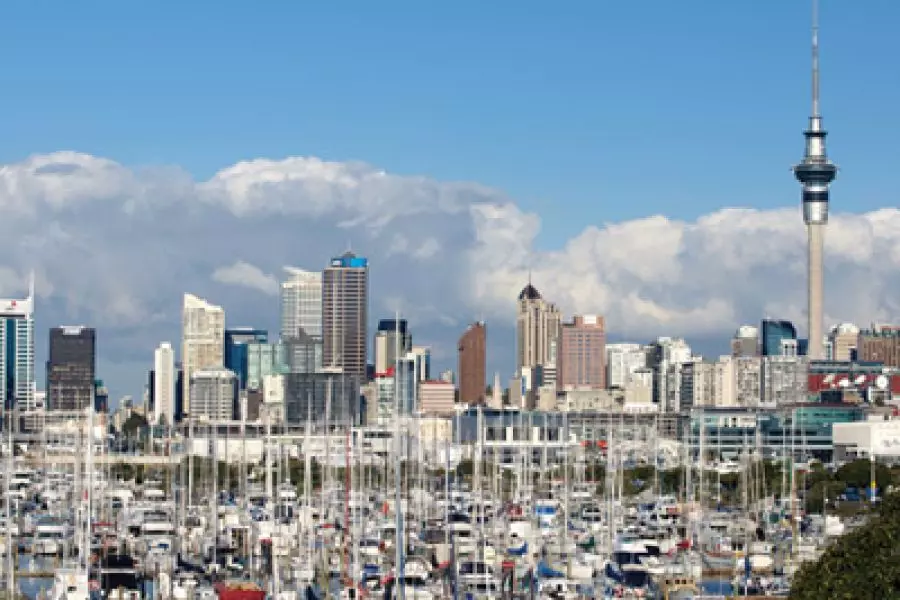News
Apartment attraction on the rise

Thursday 6th of April 2017
With higher density developments under construction in areas across the Super City – from the North Shore to South Auckland – it’s easy to forget that apartments used to be a small sub-set of dwellings confined to the central city.
Back in 1997, there were eight apartment buildings which were home to around 400 residents in the whole of Auckland.
Today, the Sup...
Want to read the full article?
Click the button below to subscribe and will have unlimited access to full article and all other articles on the site.






![[The Wrap] Bye Bye Bayly](https://goodreturns.publit.io/file/c_fill,w_900,h_600/39f23ac1-f7c7-4854-b700-a150004ebbac.webp)


